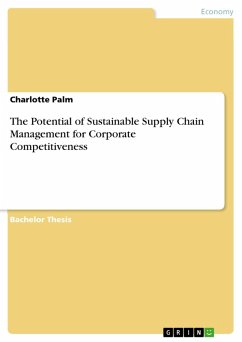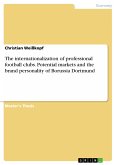Seminar paper from the year 2007 in the subject Business economics - Offline Marketing and Online Marketing, grade: 2,0, University of Queensland, course: Marketing Project, language: English, abstract: This paper discusses the potential threat caused by corporate growth. By investigating why companies grow, the author will complete a detailed determination of different reasons why the process of growth can result in serious damage to a company. In addition to this, the purpose is to show ways to minimise risks and establish sustainability within the growth process. The author starts with a comprehensive literature review which begins with an overview of the changes on global business conditions as caused by technical improvements. A description of active and reactive reasons for corporate growth will follow. After that an outline of different growth strategies and a comparison of different types of enterprises with their specific risks will be given. In connection to that, the author will answer the question “What makes growth dangerous for a company; and how can a firm become prepared to deal with it?” To answer this question the author investigates different growth strategies, especially diversification at the example of implementing services. Referring to the literature review the author will show three different case studies of growing firms in the second part of this report. In connection to that a discussion about how the theory can be adopted to these realistic cases will follow.
Bitte wählen Sie Ihr Anliegen aus.
Rechnungen
Retourenschein anfordern
Bestellstatus
Storno









